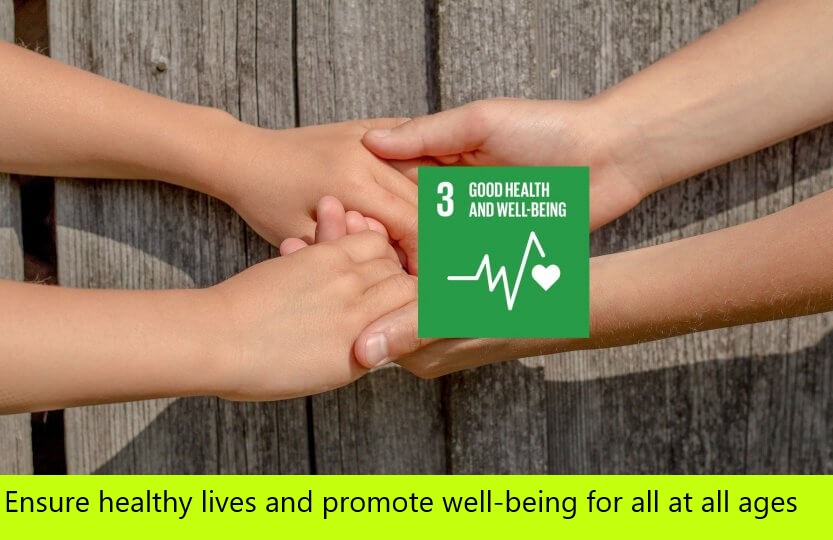Ensure healthy lives and promote well-being for all at all ages – Ensuring healthy lives and promoting well-being at all ages is essential to sustainable development. The COVID-19 pandemic continues to spread human suffering.
As of mid-2022, COVID-19 had infected more than 500 million people worldwide. The latest estimates show that global “excess deaths” directly and indirectly attributable to COVID-19 could have been as high as 15 million by the end of 2021.
The pandemic has severely disrupted essential health services, triggered an increase in the prevalence of anxiety and depression, lowered global life expectancy, derailed progress towards ending HIV, tuberculosis (TB) and malaria, and halted two decades of work towards making health coverage universal.
As a result, immunization coverage dropped for the first time in 10 years, and deaths from TB and malaria increased. Urgent and concerted action is needed to set the world back on a trajectory towards achieving Goal 3.
- In 2020 and 2021, 14.9 million people were estimated to have died due to COVID-19 and its impact on health systems and society.
- Interruptions in essential health services were reported in 92 per cent of 129 countries surveyed at the end of 2021.
- As of May 2022, more than 80 per cent of people had received at least one dose of a vaccine in high-income countries but the proportion is only about 17 per cent in low-income countries.
- Between January 2020 and May 2021, the pandemic may have claimed the lives of 115,500 health and care workers worldwide.
- In 2020, the global prevalence of anxiety and depression increased by an estimated 25 per cent, with young people and women most affected.
- In 2015–2021, an estimated 84 per cent of births were assisted by skilled health professionals, an increase from 77 per cent in 2008–2014.
- The global mortality rate of children under age 5 fell by 14 per cent from 2015 to 2020.
- 5 million children died before reaching their fifth birthday in 2020 alone, down from 5.9 million in 2015.
- From 2010 to 2020, the adolescent birth rate dropped from 47.9 births to 41.2 births per 1,000 adolescents aged 15 to 19.
Read More : Harrisandbaker.com

- The universal health coverage improved from a global average of 45 out of 100 in 2000 to 64 in 2015 and then 67 in 2019.
- In 2020, an estimated 1.5 million people were newly diagnosed with HIV and 680,000 people died of AIDS-related causes.
- The incidence of HIV infections globally declined by 39 per cent between 2010 and 2020, far less than the 75 per cent target agreed to by the General Assembly in 2016.
- TB deaths increased from 1.2 million in 2019 to 1.3 million in 2020 due to disruptions associated with the pandemic.
- Between 2018 and 2020, TB treatment reached 20 million people, only half of the global target.
- In 2020, 627,000 people died from malaria, with cases estimated to have reached 241 million.
- About two thirds of the additional deaths were linked to disruptions in the provision of malaria services during the pandemic.
- The number of people requiring neglected tropical diseases (NTD) treatment and care declined from 2.19 billion in 2010 to 1.73 billion in 2020.
- By the end of 2020, at least one NTD had been eliminated in 42 countries.
- From 2019 to 2020, coverage of infant immunization slipped from 86 per cent to 83 per cent.
- 7 million children missed out on vaccinations in 2020, 3.7 million more than in 2019 and the highest number since 2005.
- 1 million older children did not receive vaccines through the routine immunization programme in 2020, an increase from 13.6 million in 2019.
